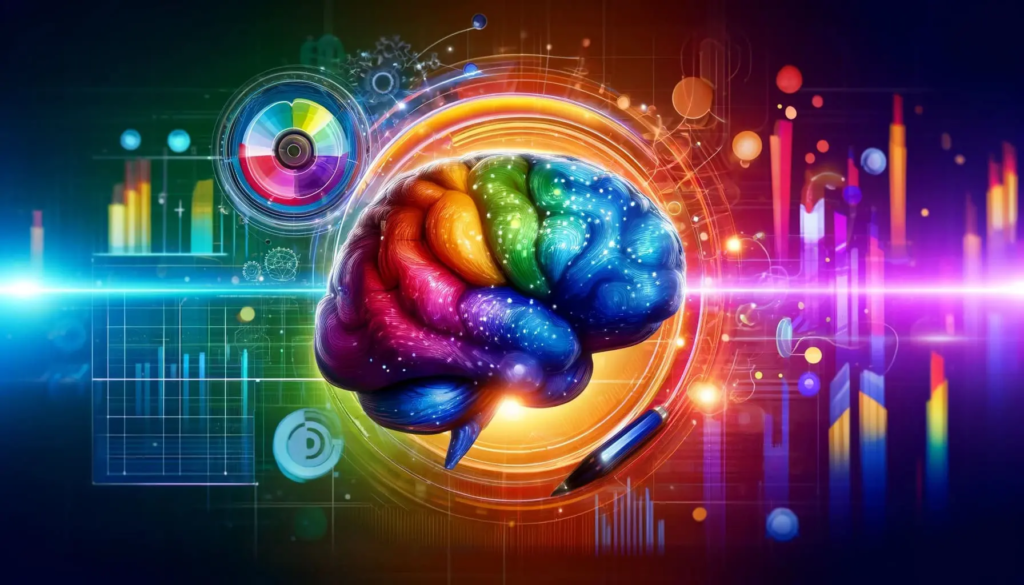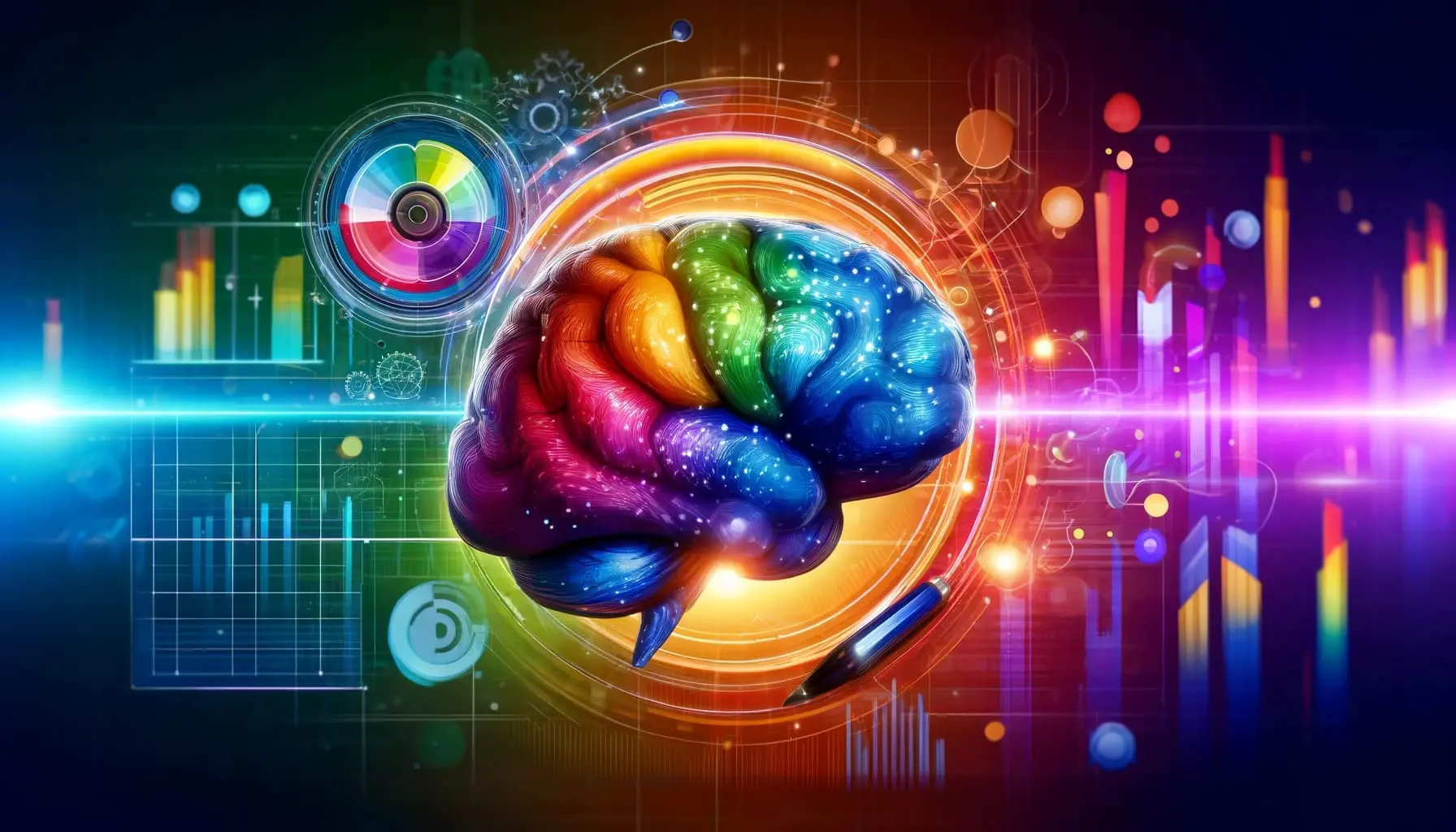
In the fast-paced digital world, where first impressions matter more than ever, the combination of color psychology and minimalism has emerged as a powerful strategy for building deep emotional connections with an audience. By using the right colors and embracing simplicity, brands and creators can evoke feelings, tell stories, and inspire trust. But how exactly does this work? Let’s explore!
Content Table
| S.no. | Content |
| 1 | The Power of Color Psychology |
| 2 | Why Minimalism Matters |
| 3 | Blending Color Psychology with Minimalism |
| 4 | Building Emotional Connections with Your Audience |
| 5 | Final Thoughts |
The Power of Color Psychology
Colors are not just visual elements; they’re emotional triggers. Each hue carries a psychological impact that can influence perception and behavior. Understanding this impact is key to crafting a memorable brand identity.
- Red: Passion, energy, urgency. Perfect for calls to action and creating excitement.
- Blue: Trust, calm, professionalism. Ideal for brands that want to convey reliability.
- Yellow: Optimism, warmth, happiness. Great for drawing attention and sparking positivity.
- Green: Growth, health, harmony. Often used in eco-friendly or wellness-focused designs.
- Black: Sophistication, luxury, power. A timeless choice for minimalist designs.
- White: Purity, simplicity, clarity. The cornerstone of minimalist aesthetics.
Selecting the right color is like choosing the right tone for a conversation—it sets the mood and influences the response.
Why Minimalism Matters
Minimalism is more than a design trend; it’s a communication philosophy. By removing excess, minimalism sharpens focus on what truly matters. In design and branding, this means:
- Clarity: Simple designs are easier to understand, allowing the message to shine.
- Focus: Minimalist aesthetics direct attention to key elements, like a brand’s core message or product.
- Timeless Appeal: Clean, uncluttered visuals never go out of style.
Minimalism gives space for color to breathe and speak. Without visual clutter, colors can shine and convey the intended emotions more powerfully.
Blending Color Psychology with Minimalism
When color psychology meets minimalism, the result is a design that’s both visually appealing and emotionally resonant. Here’s how to combine them effectively:
- Choose a Dominant Color with Purpose
Select a single color that aligns with the emotion you want to evoke. For instance, a wellness brand might choose green to symbolize health and tranquility. - Leverage White Space
Minimalist design thrives on white space. It gives room for colors to stand out, making the chosen hues more impactful and memorable. - Subtle Contrasts for Depth
Use contrasting shades sparingly to add depth and guide the viewer’s attention without overwhelming them. - Consistency is Key
Stick to a limited color palette to maintain a cohesive look. Consistency builds trust and strengthens brand recognition. - Emotionally Charged Accents
Use bold colors as accents to highlight important elements like call-to-action buttons or key messages.
Building Emotional Connections with Your Audience
The ultimate goal of combining color psychology and minimalism is to forge emotional bonds. Here’s how you can achieve that:
- Tell a Story Through Color: Let your color choices narrate your brand’s story. For example, a tech brand might use blue to represent innovation and trust.
- Create a Calming User Experience: Minimalism reduces cognitive overload, making it easier for audiences to connect emotionally without feeling overwhelmed.
- Evoke Specific Feelings: Use colors intentionally to evoke desired emotions. For example, using warm tones to create a sense of warmth and approachability.
- Be Authentic: Emotional connections stem from authenticity. Choose colors and designs that genuinely reflect your brand’s values and mission.
Final Thoughts
In a world full of noise and distractions, simplicity speaks volumes. By understanding the psychological effects of color and embracing the elegance of minimalism, you can create designs that not only capture attention but also build lasting emotional connections with your audience.
Remember, minimalism doesn’t mean lack of creativity; it means intentionality. And when every color, every element, and every space is chosen with purpose, your message becomes clearer, stronger, and more impactful.
Connect emotionally. Design minimally. Let colors speak.

